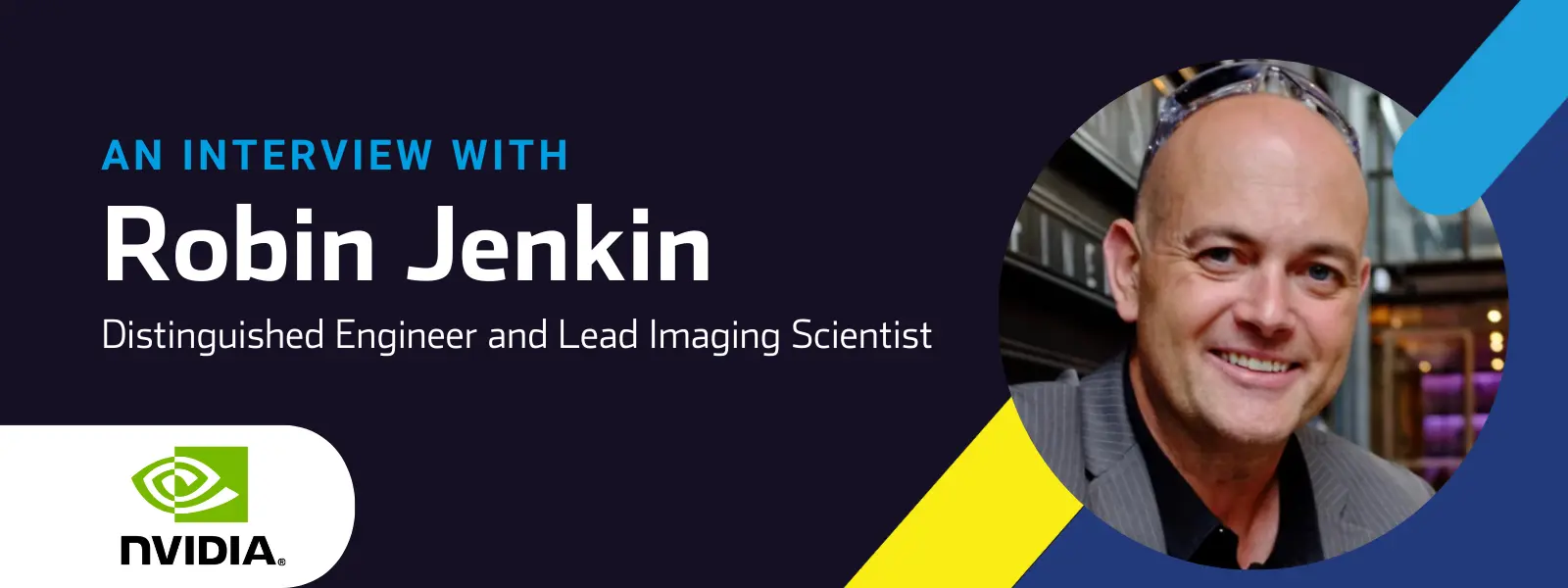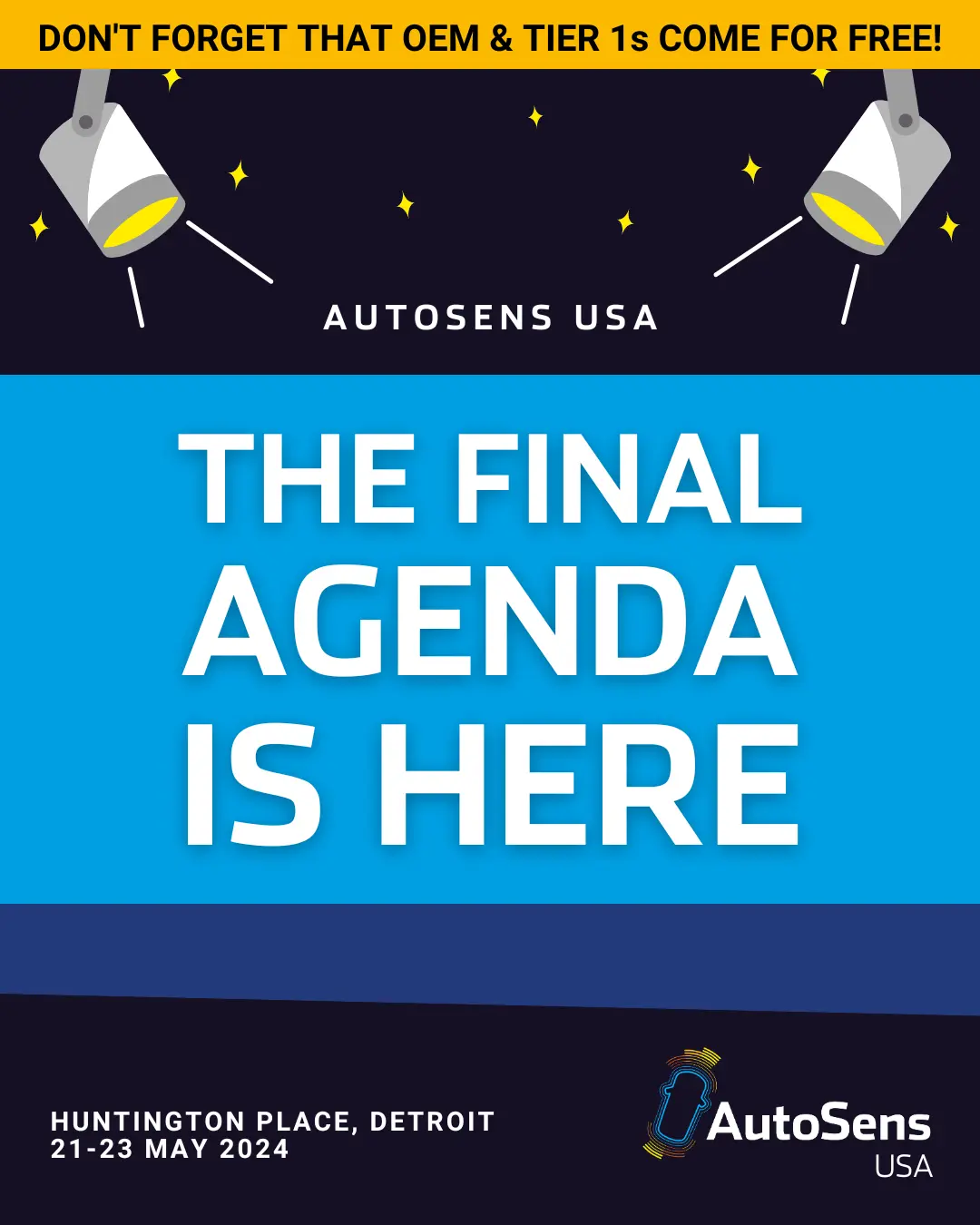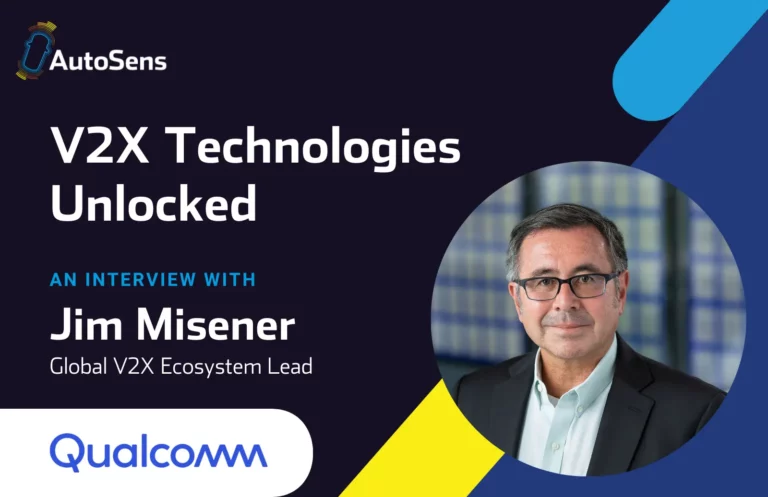We caught up with Robin Jenkin, Distinguished Engineer and Lead Imaging Scientist at NVIDIA. In this interview Robin shares more about his role in IEEE P2020 Image Quality Standards Working Group, and what challenges he thinks will be discussed at AutoSens USA this May. Robin will be joining us at the conference for an opening keynote on the challenge of moving to smaller pixels – find out more here.
1. Could you elaborate on the key points of your upcoming keynote address at AutoSens Detroit 2024, titled “The Challenge of Moving to Smaller Pixels,” and how it addresses the evolving landscape of imaging technology?
Self-driving cars represent the first broad public use of cameras in a safety context. Camera design is complex and should be approached from the point of view of camera system performance as a whole. Improvement of individual components does not necessarily lead to better system outcomes and balance is necessary to achieve the best results. Moving to smaller pixels requires that lens, module manufacturing and ISP processing keep pace. Some pertinent considerations are revealed through simple analysis and enumeration of image science approaches that engineers and program managers alike can use to generate better questions when specifying or designing camera systems for future generations of vehicles. By sharing these approaches, we hope to demystify the camera design process and to enable more people to have more insightful conversations and a stronger understanding concerning the trade-offs within the evolving landscape of imaging technology.
2. As a notable figure in the IEEE P2020 Image Quality Standards Working Group, how do you envision the group’s efforts contributing to the advancement and standardization of image quality metrics, particularly in the context of emerging trends such as smaller pixel sizes?
The discussion and understanding of image quality for any application involving some aspect of safety is important. But to have that conversation, we first need to agree on a set of measurements and conditions to use so we may speak with a shared understanding. With this in mind, the work of IEEE P2020 is needed to create that lexicon. Automotive applications have very specific challenges around light levels, dynamic range, LED flicker and the need for low latency. Because of this, the considerations for the use of smaller pixels for an automotive application are very different than those of a consumer product for example. By adapting existing measurement techniques or creating new approaches, the working group is starting to address some of these fundamental measurement challenges.
3. What aspects of AutoSens Detroit 2024 are you most anticipating, considering your extensive involvement in the field of imaging science and standards development? How do you anticipate this year’s event will differ from previous editions?
AutoSens brings together many people who are focussed on the development of technologies for the same application. It’s easy to get a snapshot of the industry trends and therefore likely future areas of focus for imaging. While there are still a number of challenges, the automotive industry is developing rapidly and as the first generation of autonomous vehicles mature, I anticipate more discussion around features for next-generation cameras and optimization of existing solutions.
4. In your view, what are the most pressing challenges and opportunities facing imaging technology today, and how do forums like AutoSens facilitate collaboration and innovation to address these challenges effectively?
The perennial challenge around automotive imaging is providing good performance in low-light conditions, while also maintaining high dynamic range at a reasonable price point. Furthermore, automotive camera modules need to be robust to address extreme environments over an extended lifetime, which drives a lot of manufacturing and design-related decisions. I believe many opportunities lie in exploring the application of consumer camera module manufacturing processes to automotive qualified cameras in order to reduce cost and increase manufacturing capacity. In-person conversations at events like AutoSens, bring together experts from different fields and really help to explore and test the validity of ideas such as this.
Don’t miss the opening keynote with Robin on ‘The Challenge of Moving to Smaller Pixels’ at AutoSens USA 2024. Click here to see the full agenda.










